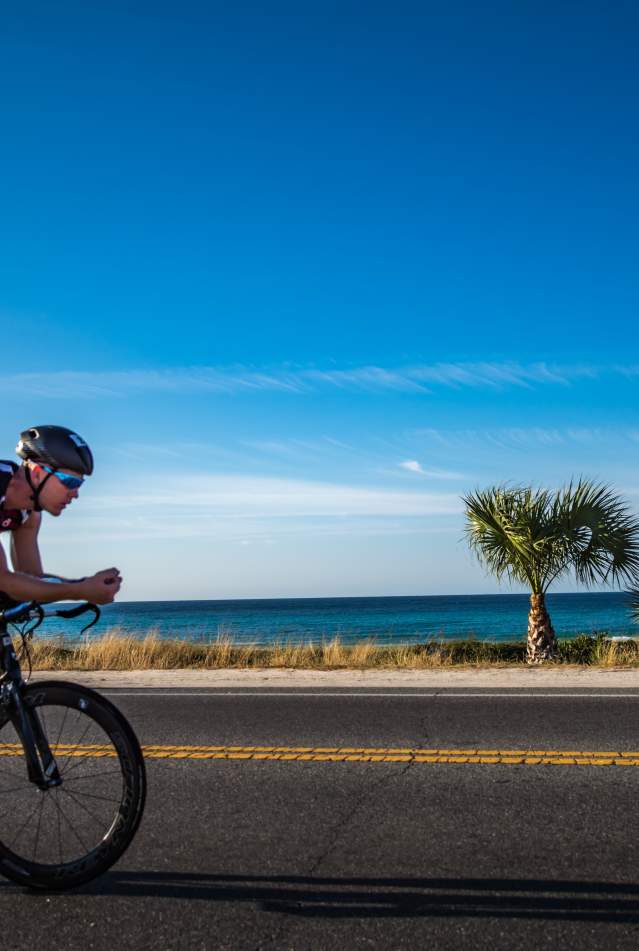For starters, I’d like to thank each and every one of you for your continued support of our local fishing community. It makes our jobs as charter operators a lot easier knowing that you’re on board with us!
Please note that the harvest of speckled trout is closed for the entire month of February in the Florida Fish and Wildlife Conservation Commission’s (FWC) newly-created Western Panhandle Management Zone. This doesn't mean you can't catch them – and believe me, there are plenty to be caught – but you do have to release them. Since I already release 90 percent of what I catch anyway, I can assure you it is just as much fun catching a fish without the intention of eating it. Plus, there’s a level of satisfaction above and beyond that when you watch a trophy you released swim away healthy.
Look for most of the trout to be hanging out in bayous, creeks or canals near dark-colored, soft muddy bottom in water depths ranging from two-to-eight feet, typically near transitions to grass or oyster beds. I like to use soft plastic jigs or hard plastic suspending baits depending on the depth and fish activity. For very inactive fish, you can always try the old reliable live shrimp.
Redfish behavior varies quite a bit during this time of the year. You will find them widespread from the Intracoastal Waterway throughout the bays, bayous, flats, St. Andrews Pass and along the beaches. Some areas will be thicker with fish than others but will also require different tactics and techniques. For instance, fishing in the pass or on structure for big schools of redfish in 30 feet of water is a completely different game than poling the backwaters looking at fish with their backs out of the water. I sometimes choose my fishing spot based not so much on the quantity of fish it might hold but because the area might be well-suited for a certain type of fishing or the lighting might be right at a particular time. There are some areas that I fish only when the tide and time of day give me the best advantage. That being said, I encourage you to practice different styles of fishing for the same species of fish. Patterns sometimes overlap and you may be able to use similar baits weighted differently or a different cadence for the retrieval. Although redfish are open for harvest, I encourage you to practice catch-and-release at least as often as you practice hook-and-cook in order to preserve this precious resource.
If you find yourself struggling to catch fish on the flats or in the shallows during the winter, you’re not alone. To be honest, winter flats fishing in Northwest Florida can be a challenge for even the most accomplished anglers. Luckily, there are alternatives such as inlets, bridges and other deeper water structure where there are more regulated water temperatures and an abundance of life. You can almost always find something to catch in these areas, whether it’s redfish, sheepshead, mangrove snapper, flounder, pompano, Spanish mackerel, black drum or even grouper. Live baits are best when drifting the deeper structures but, over the years, I have had tremendous success with all types of soft plastics and heavy bucktail jigs.
As always, if you have questions about what’s biting, how to catch them or want to book a trip, give me a call or shoot me an email. Tight lines!


